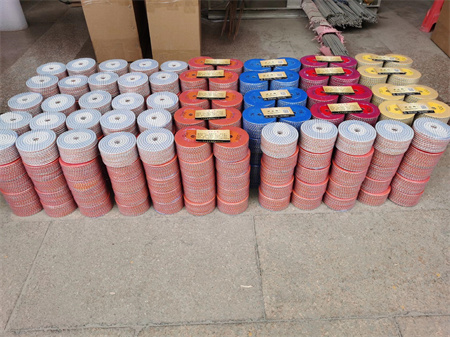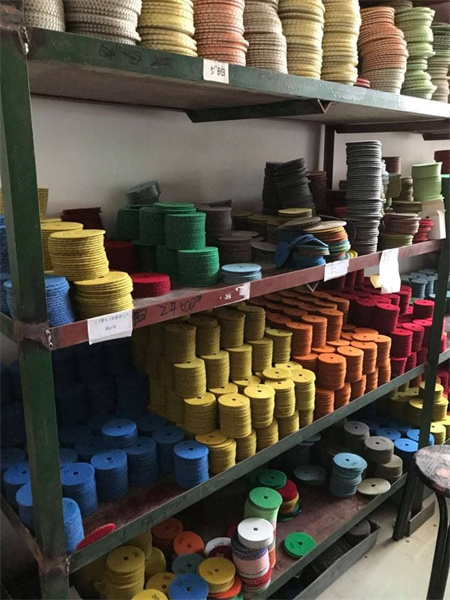How AI and Robotics Are Enhancing Stone Polishing Efficiency
In recent years, artificial intelligence (AI) and robotics have revolutionized industries in ways once thought impossible. From manufacturing to healthcare, these technologies are reshaping the landscape of traditional processes, and the stone polishing industry is no exception. Once a labor-intensive process that required precision, time, and skilled artisans, stone polishing has been transformed by the integration of AI and robotic systems, dramatically increasing efficiency, consistency, and quality.
Stone polishing has always been a delicate art, requiring not only the right tools but also a deep understanding of the material. Natural stones like marble, granite, and quartz are prized for their beauty, but achieving the perfect finish often meant long hours of manual labor, with skilled workers meticulously polishing the surface to a flawless shine. This process, though effective, was time-consuming and prone to human error. However, with the advent of AI and robotics, the stone polishing process has taken on a new level of precision and speed.
Robotic systems equipped with AI have brought remarkable improvements to the way stones are polished. These robots are designed to work tirelessly, with the ability to handle repetitive tasks that would otherwise wear out human workers. AI-driven robots can analyze the stone’s surface, detect imperfections, and adjust polishing techniques in real-time. This dynamic feedback loop allows the robots to continually optimize their movements, ensuring that each stone is polished to the highest standard without the need for constant supervision.
One of the most significant advantages of robotic stone polishing is the consistency it brings to the table. Human workers, no matter how skilled, are prone to slight variations in their technique. With robotics, every stone receives the same level of attention and care, eliminating the inconsistencies that can arise from fatigue or varying skill levels. Whether it’s a large marble countertop or a smaller decorative stone, robots can ensure that each piece has an even, smooth finish, free from the scratches or blemishes that sometimes occur with manual polishing.


The economic benefits of AI and robotics in stone polishing are undeniable. While the initial investment in robotic systems may seem high, the long-term savings in labor costs, reduced material waste, and improved production speeds make the technology a wise choice for companies looking to stay competitive in an increasingly demanding market. Furthermore, the consistency and quality that AI-powered robots deliver help businesses maintain a strong reputation for high-quality craftsmanship, which can lead to greater customer loyalty and higher demand for their services.

As these technologies continue to evolve, the potential for even greater improvements in stone polishing is immense. From faster production times to enhanced sustainability, AI and robotics are poised to redefine the future of stone fabrication. The result is a more efficient, environmentally friendly, and high-quality process that benefits both manufacturers and consumers alike.
In the end, the integration of AI and robotics into stone polishing is not just about replacing human labor; it’s about enhancing the craft. These technologies are enabling workers to focus on higher-level tasks, such as design innovation and quality control, while robots handle the repetitive, time-consuming aspects of the job. As AI and robotics continue to develop, the stone polishing industry will undoubtedly see even more exciting advancements that promise to change the way we view this age-old craft.
